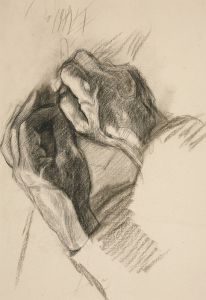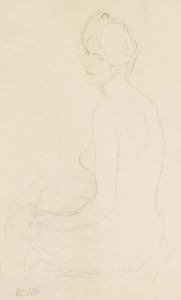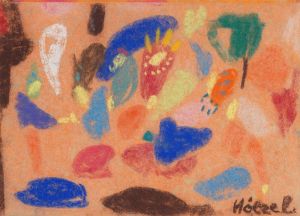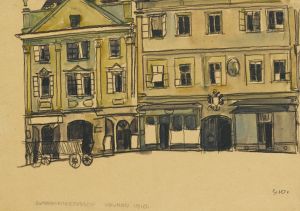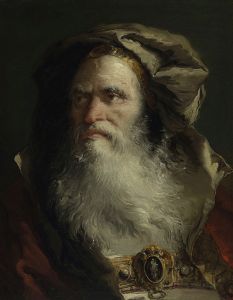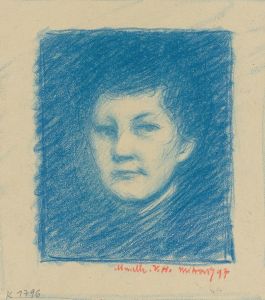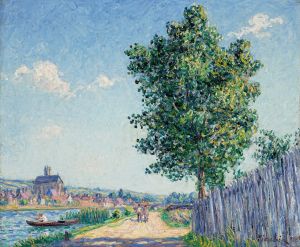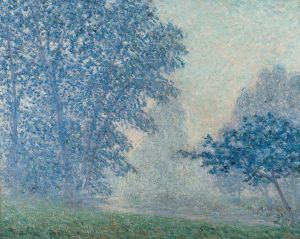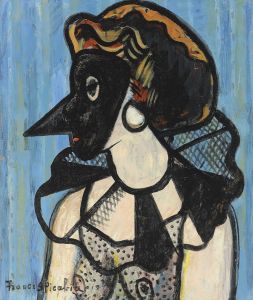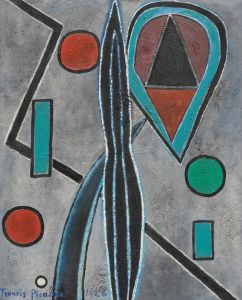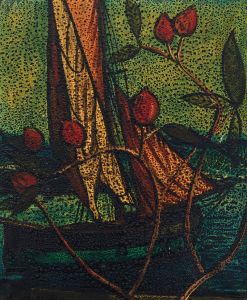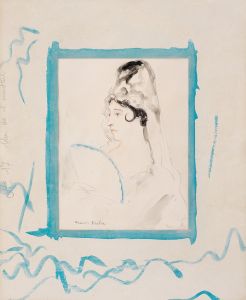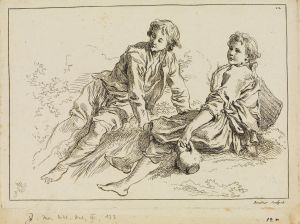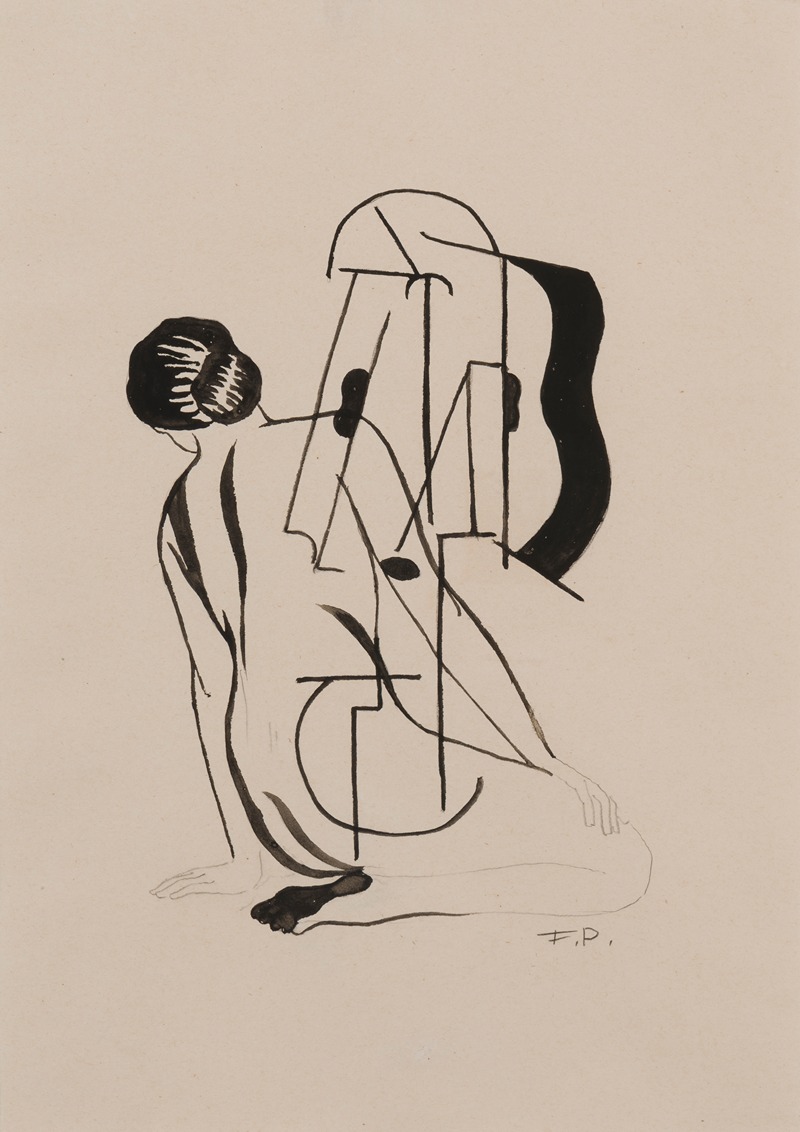
Sans titre ou Nu à la guitare
A hand-painted replica of Francis Picabia’s masterpiece Sans titre ou Nu à la guitare, meticulously crafted by professional artists to capture the true essence of the original. Each piece is created with museum-quality canvas and rare mineral pigments, carefully painted by experienced artists with delicate brushstrokes and rich, layered colors to perfectly recreate the texture of the original artwork. Unlike machine-printed reproductions, this hand-painted version brings the painting to life, infused with the artist’s emotions and skill in every stroke. Whether for personal collection or home decoration, it instantly elevates the artistic atmosphere of any space.
Francis Picabia, a French avant-garde painter, is known for his diverse artistic styles and contributions to various art movements, including Impressionism, Cubism, Dada, and Surrealism. One of his notable works is "Sans titre ou Nu à la guitare" (Untitled or Nude with Guitar), which reflects his innovative approach and the evolution of his artistic expression.
"Sans titre ou Nu à la guitare" is a painting that exemplifies Picabia's exploration of form and abstraction. Created during a period when Picabia was deeply involved with the Dada movement, this work showcases his departure from traditional representation and his embrace of more abstract and conceptual forms. The painting features a nude figure intertwined with a guitar, a motif that Picabia revisited in various forms throughout his career.
The Dada movement, which emerged in the early 20th century as a reaction to the horrors of World War I, sought to challenge conventional aesthetics and cultural norms. Picabia, as a central figure in this movement, used his art to question the established values of art and society. "Sans titre ou Nu à la guitare" can be seen as part of this broader effort to disrupt traditional artistic conventions and explore new ways of seeing and interpreting the world.
In this painting, Picabia employs a style that blends elements of Cubism and abstraction. The fragmented forms and overlapping planes are reminiscent of Cubist techniques, while the overall composition suggests a move towards abstraction. The use of a guitar, an object often associated with music and harmony, juxtaposed with the nude figure, creates a dynamic tension within the work. This interplay of forms and themes is characteristic of Picabia's ability to merge disparate elements into a cohesive and thought-provoking composition.
Picabia's work during this period was also influenced by his interactions with other avant-garde artists and intellectuals. He was closely associated with figures such as Marcel Duchamp and Tristan Tzara, who were instrumental in the development of Dada. These collaborations and exchanges of ideas enriched Picabia's artistic practice and contributed to the innovative qualities seen in "Sans titre ou Nu à la guitare."
The painting is a testament to Picabia's versatility and his willingness to experiment with different styles and techniques. Throughout his career, he continually reinvented his approach to art, moving fluidly between different movements and styles. This adaptability is evident in "Sans titre ou Nu à la guitare," where he combines elements of figuration and abstraction in a manner that defies easy categorization.
Today, Francis Picabia is recognized as a pioneering figure in modern art, and his works continue to be studied and appreciated for their originality and impact. "Sans titre ou Nu à la guitare" remains an important piece within his oeuvre, reflecting both his individual artistic journey and the broader cultural shifts of his time. The painting serves as a reminder of Picabia's role in challenging the boundaries of art and his enduring influence on subsequent generations of artists.





